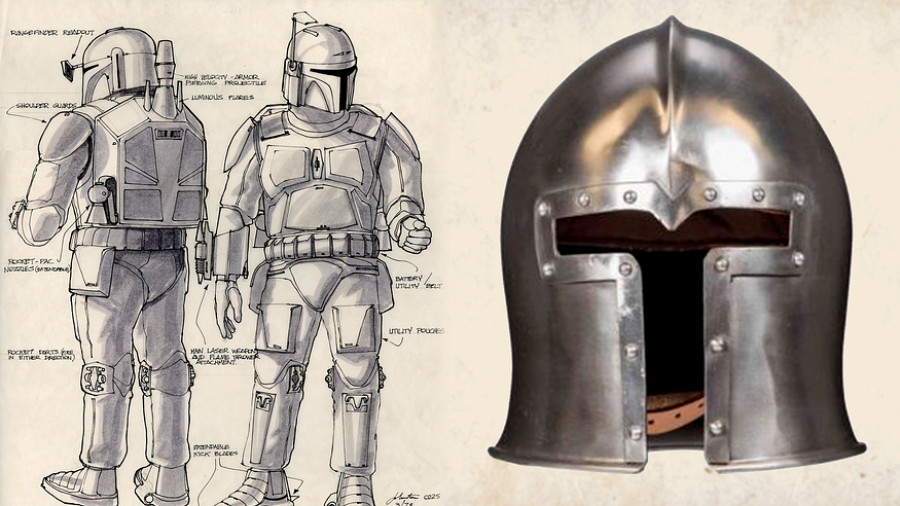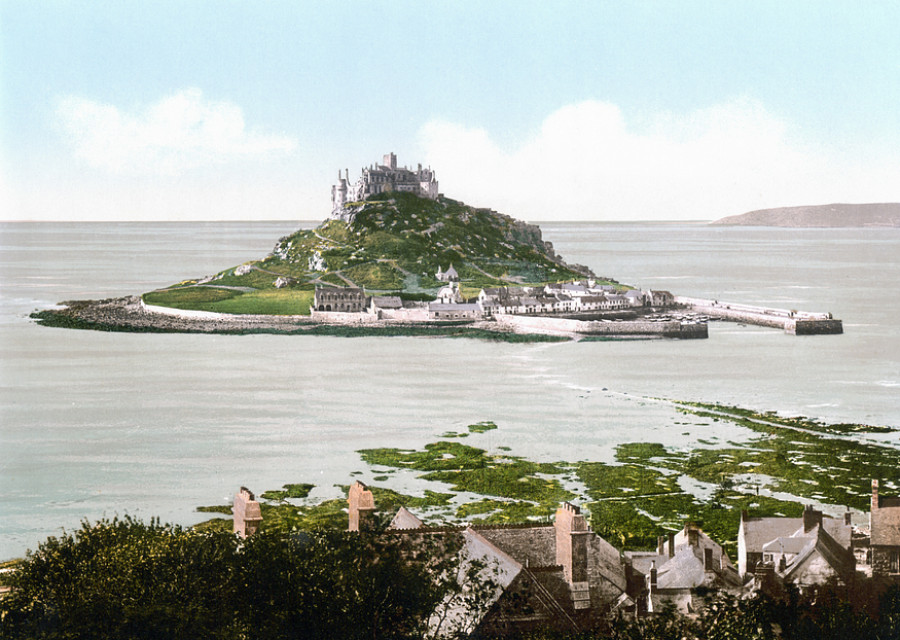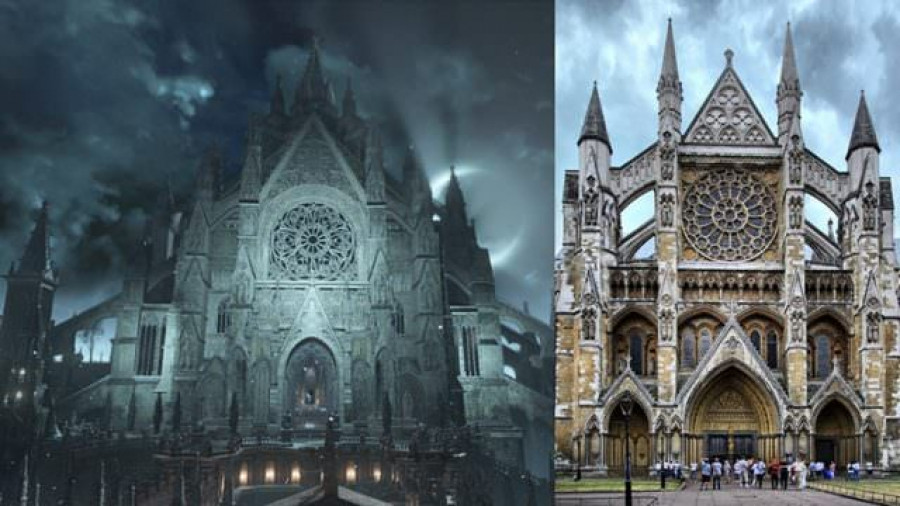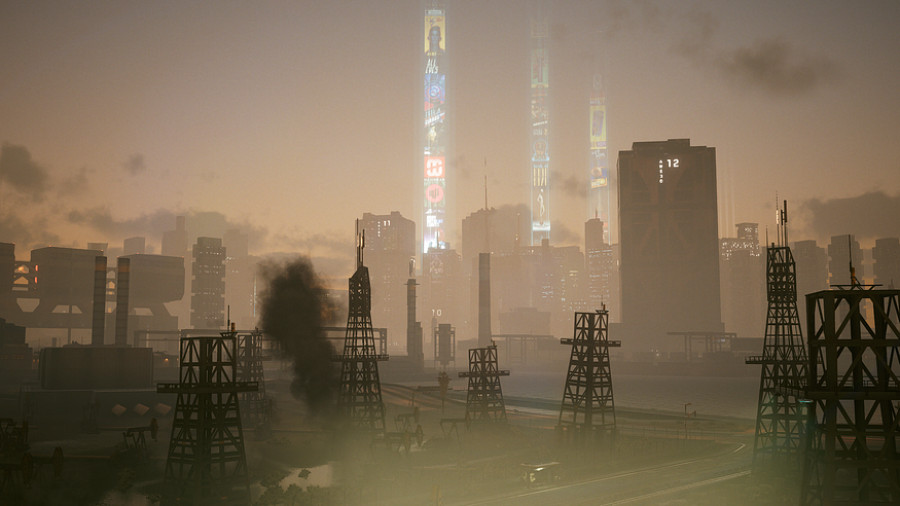Concept art is the visual representation that conveys a vision and determines the look of a videogame, a movie and several other experiential products in which visuals are key. Concept artists provide the primary references to the rest of the creative team and help align them. Because iterating on concept art is faster and cheaper than iterating while on production, it always is a good idea to start any experiential product with it. If concept artists are the ones who give the starting point to the rest of the team, how do they get their starting point?
When drafting a videogame’s visual proposal, the references are the starting point to guide concept artists in charge of bringing that aesthetical proposal to life. References are visual cues taken from many sources, from real places –like European castles or cathedrals–, pictorial works of art –from Da Vincis to Delacroixes–, other concept artists’ creations (especially when searching for a particular style), to audiovisual artworks like films and television series, and any other visual source that can help concept artists create a precise vision for a videogame. And not only videogames, but the work of concept artists has been widely used in the film industry and television since the onset of animation in the 1930s, especially in sci fi and fantasy genres that require thinking over characters and locations before any attempt at reproducing them.

A widely popular 1978 concept art for Star Wars, used even today. Notice the character’s helmet’s inspiration on European medieval helmets.
A classical philosophical dictum declares that nothing comes from nothing, and this applies to concept art as well. In the early stages of videogame design and development, it’s crucial to route creative endeavors in the right direction. Otherwise, the art team risks losing time in trial and error, as the art director receives in his/her desk too much material loosely connected to the project’s aesthetics, if not disconnected at all. When the art team has clear and concrete references to draw from, much time in corrections is saved. Sometimes there are concept artists with enough level of autonomy to search for those right references, and the vision to integrate them satisfactorily in the eyes of the art director, but not all concept artists have this skill, especially when they’re inexperienced, which makes the task of consolidating a group of references so important before starting conceptualizing for videogames.

Real-life historical places is where references are first found
To this end, documents known as mood boards are generated. They encompass all the visual references either of a project, or of a specific aspect of a project. It may have the purpose of concisely communicating the art director’s vision to his team of concept artists, or the project director’s vision to the art director, depending on each project’s structure.
The references summarized in a mood board can be the entire look and feel of a videogame in general, or more specific elements such as settings, objects, characters, lighting styles, color palettes, etc. The great thing about working with comprehensive mood boards to convey a project’s aesthetic vision is that the director ends up with exactly what he/she was looking for, which in turn makes it easier to convey the vision to the graphic modelers, and get a more satisfactory result. Moreover, when an art team has very good graphic modelers in their ranks, with creativity and vision, the mood board can be used to convey the vision directly to them without going through concept art. That is why mood boards are such important tools for the workflow in art teams, which leads us to ask ourselves how to extract the references that are going to integrate a videogame’s mood boards.
Where to look for references depends on each project’s aesthetic vision, be it realistic or fantastic. For every videogame aesthetically built on any of humanity’s historical periods or civilizations, like medieval Middle East or feudal Japan, the first type of references will be historical; e.g. places, archeological sites, landscapes, objects and tools, real life or mythological characters, and the period’s art styles that the videogame aims to represent or emulate. Even magical elements can be traced back to ancient and medieval beliefs and rituals.

Linking fantasy to historical heritage prompts its aesthetical credibility
In the case of videogames with futuristic aesthetics, the search for references can be trickier, because their art draws from objects and themes from the present and extrapolate them towards the future in creative ways. This consists mostly of emphasizing and exaggerating elements from the present, like with cyberpunk subgenre videogames, or eclectic mixtures from different modern periods to create a post apocalyptic or retro world, or even the use of modern military designs to conceptualize space travels. But most routes start from real life objects, normally an odd configuration of present day machines that aren’t necessarily futuristic on their own.

Exaggerated elements of modern day life inspire cyberpunk worlds
Finally, there are purely conceptual references that have more to do with ideas a videogame tries to convey, and not reducible to existing visual references because they may be too abstract, or because the art tries to give a strong impression through surrealist designs. The challenge here is to find the right concept artist, someone whose creativity matches the project’s intention so well that is capable of surprising the very same art director with truly novel designs. This is usually the field of designing monstrous creatures and surrealist landscapes, drawing from either other edifying concept artists like H. R. Giger with his impactful Alien, or from literary sources like H. P. Lovecraft’s bizarre monster descriptions, or dream-like worlds and objects in Salvador Dali’s paintings.
In the last analysis, it’s crucial to have a clear artistic vision by a videogame’s design and development team, whether it be by the game’s director or a combination of its leading heads, to form an aesthetical cohesion. This cohesion is what allows the organic integration of a myriad of artistic inputs in a single proposal the player can relate to and believe. Or else, the project risks losing its universe’s credibility, which causes the player to consciously or unconsciously lose interest in the videogame.
This article was written by Adrian Gimate-Welsh with the help of TagWizz’s group of experts.


